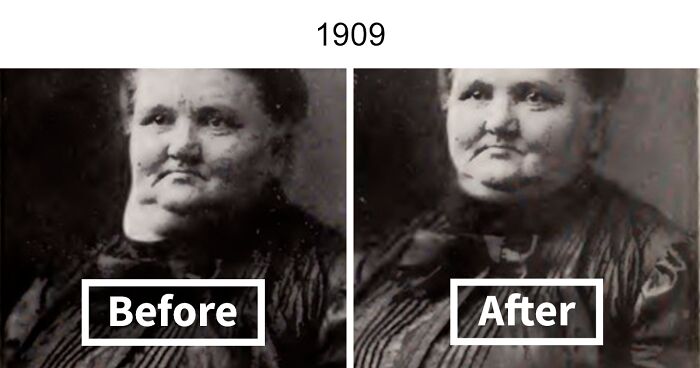
Book From 1909 Explains Why Photos From The Past Look Flawless
We like to think of image altering, whether it’s Facetune or Photoshop, as the curse of our times. With social media promoting unattainable beauty standards, regardless of the backlash it constantly receives, demand for plastic surgery is on the rise along with identity and mental health issues.
Here at Bored Panda, we’ve covered numerous lists of Instagram vs. Reality pictures that expose the truth behind ‘perfect’ pictures. So, imagine the surprise after someone dug up this book “Complete self-instructing library of practical photography” with examples dating back to as early as the XIXth century.
This black and white instructional photography book that was first published in 1868, which is part of a large 10-volume collection, was made to instruct photographers on how to shoot, retouch and ‘eliminate imperfections’ on their photography subjects.
Below we selected some of the most interesting before-and-after examples of ‘Victorian influencers’ that show how humans have always been drawn to flawlessness. Although, as you can see, it used to be all more subtle and natural.
This recently resurfaced instructional photography book from 1909 shows how retouching was already a thing before Instagram
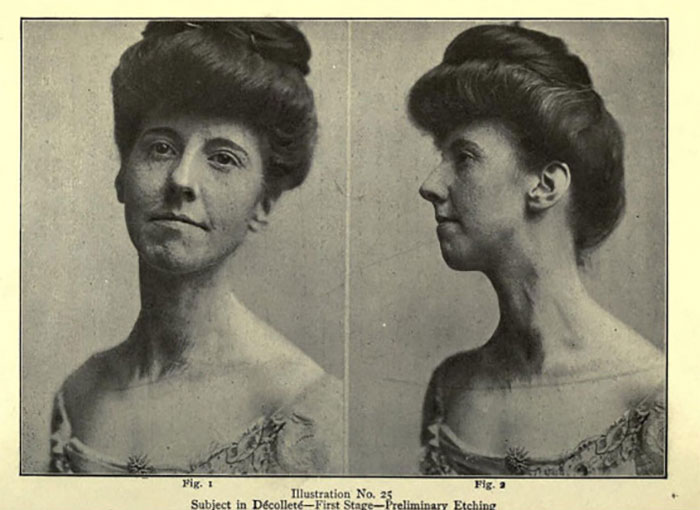
Image credits: American school of art and photography
Image credits: American school of art and photography
According to the 1909 edition of the book, “in delivering finished work to your customers, you do not hand them the photographic negatives, but the prints made from these negatives.” It explained that in “the early days of photography prints were made directly from the negative without any alteration.”
Image credits: American school of art and photography
That was because “the wet-plate rendered softer effects than are obtainable with the ready prepared dry-plate.” As a result, the book says, “The imperfections were less visible, and at that time the general public were satisfied with an exact likeness of themselves.”
Image credits: American school of art and photography
The photographers used knives or pencils to etch and retouch negatives so that they made “thick necks made thin, excessive drapery removed, crooked noses straightened, hair added, backgrounds altered,” the book said
Image credits: American school of art and photography
After the dry-plate was invented and replaced the wet plate technology, “the defects in the human face became more apparent on the negative, and there arose a demand for a greater softening of the lines and a removal of the more objectionable imperfections.” The photographers would remove imperfections or blemishes with brush and color from every individual print.
And here are some examples made before and after retouching shared in the book
Image credits: American school of art and photography
Image credits: American school of art and photography
“So numerous, however, were these imperfections, and so irksome became the labor of eliminating them from the print, that the photographer was compelled to devise some means whereby he could apply these remedies direct to his negative so that each print made from the negative would have these blemishes eliminated,” the book explained and added that “The results of these endeavors led to retouching the negative.”
Image credits: American school of art and photography
Image credits: American school of art and photography
When it comes to retouching techniques, photographers used tools that were very different from the apps we use today. They included: easel, magnifying glass, lead holder, lead, etching knife, spotting brush, retouching fluid, negative varnish, and etching paste.
Moreover, pencils would help to erase imperfections and blend highlights, shadows and halftones, while etching knives reduced highlights and removed the unwanted areas in the photo.
Some of the retouching guidelines included things like ‘reducing size of stout subjects’
Image credits: American school of art and photography
‘Removal of freckles’ was also a thing to be edited out
Image credits: American school of art and photography
Photographers were even able to straighten crossed eyes
Image credits: American school of art and photography
The “Complete self-instructing library of practical photography” argues that “by the combination of etching and retouching—i.e., by the use of the knife and pencil—you etch and model, and with these two instruments you can make any alteration you desire on the negative.”
Incredibly, opening closed eyes was also something that could be altered in a negative
Image credits: American school of art and photography
There’s also an instruction on how to reduce thick necks
Image credits: American school of art and photography
Removing a child from the picture was also possible with retouching and etching techniques
Image credits: American school of art and photography
Such desired alterations were thick necks made thinner, excessive drapery removed, crooked noses straightened, shadows accentuated, hair added, backgrounds altered, objectionable portions removed, figures taken from groups, etc.
Sometimes photographers would add ‘drapery’ to a woman’s outfit
Image credits: American school of art and photography
They could even bring statues to life!
Image credits: American school of art and photography
And this is what people commented
261Kviews
Share on FacebookMakes me wonder if old kings and queens really looked like their paintings.
Of course they were the beautified versions. No need to wonder too much about it.
Load More Replies...Makes me wonder if old kings and queens really looked like their paintings.
Of course they were the beautified versions. No need to wonder too much about it.
Load More Replies...
 Dark Mode
Dark Mode 

 No fees, cancel anytime
No fees, cancel anytime 






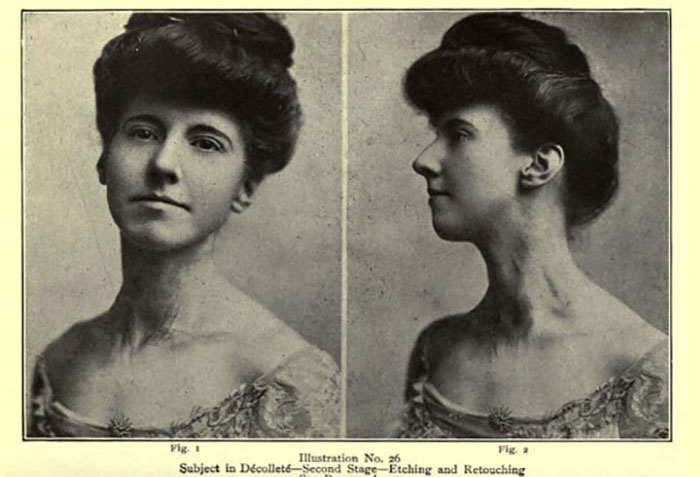
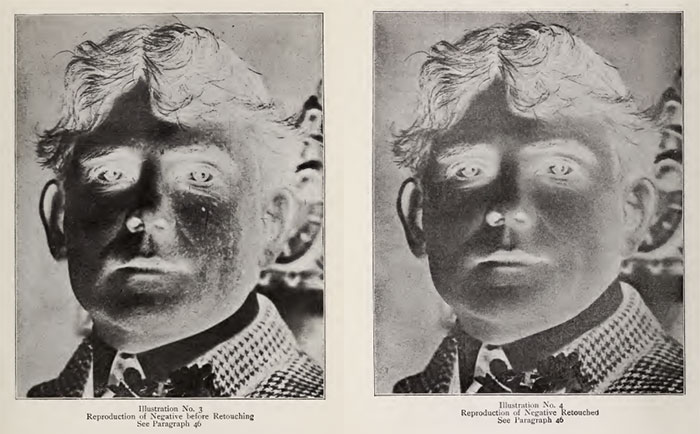
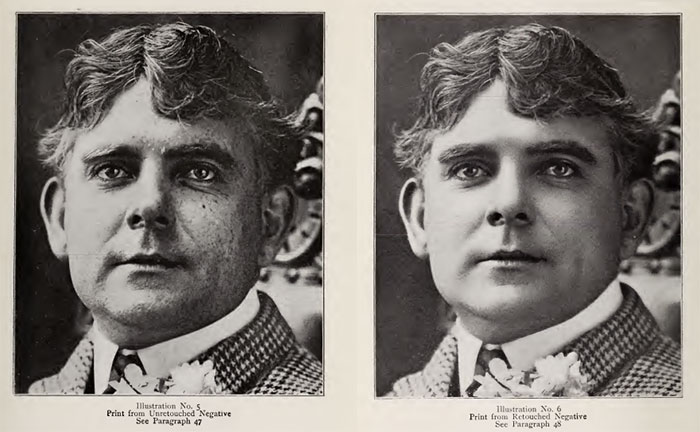
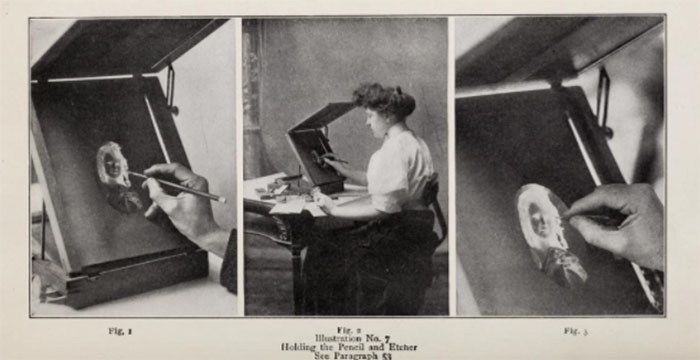
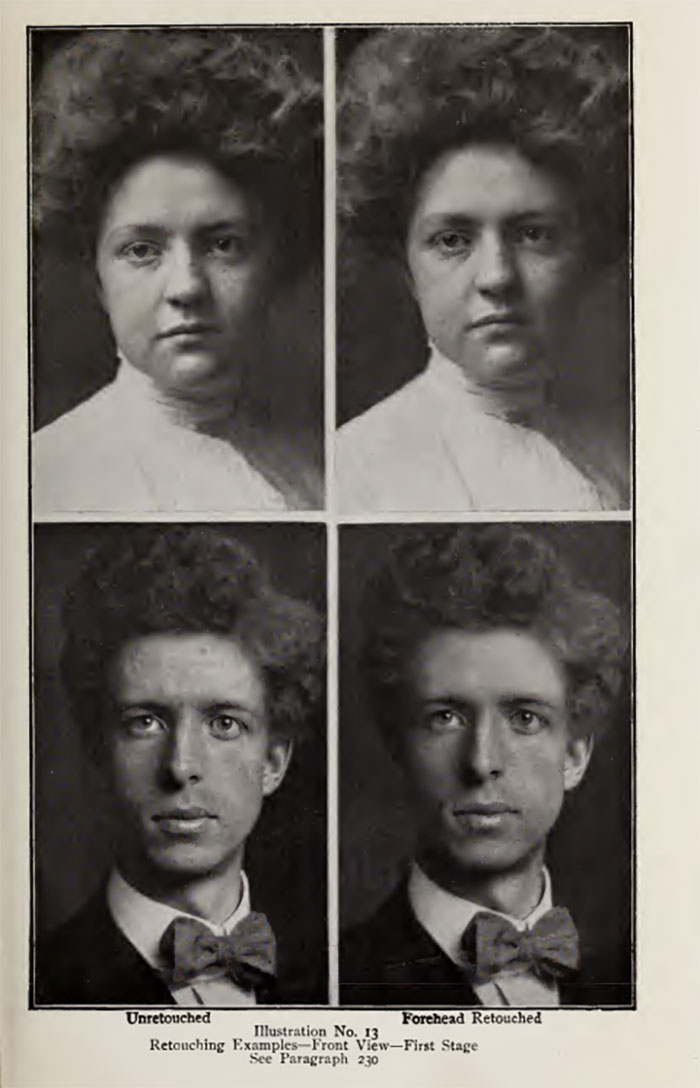
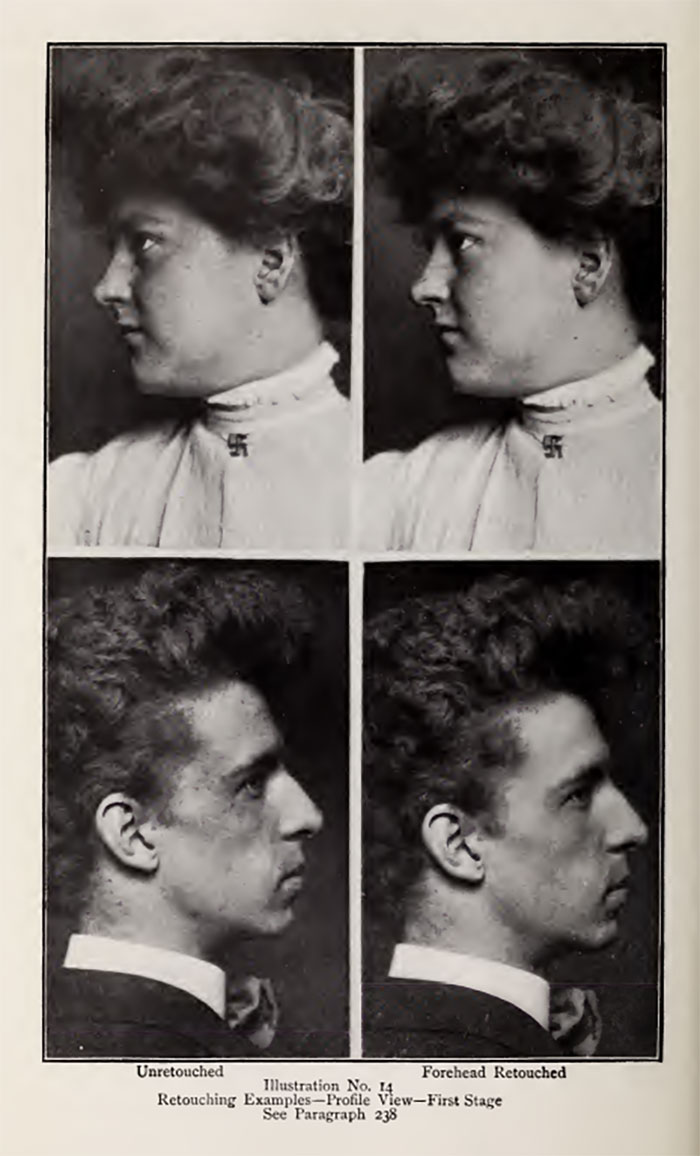
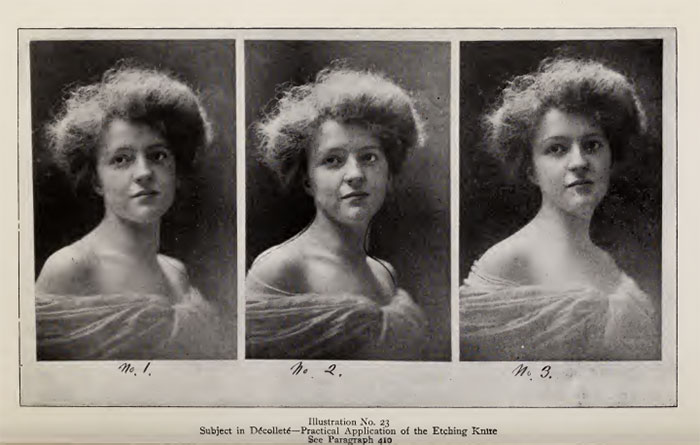
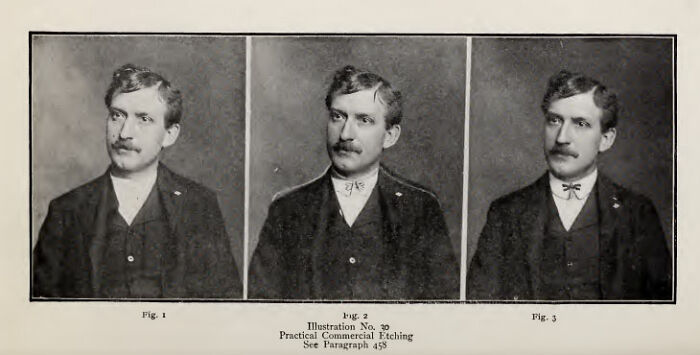
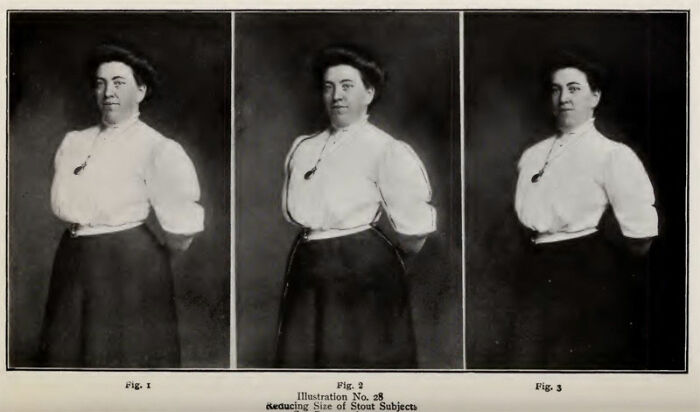
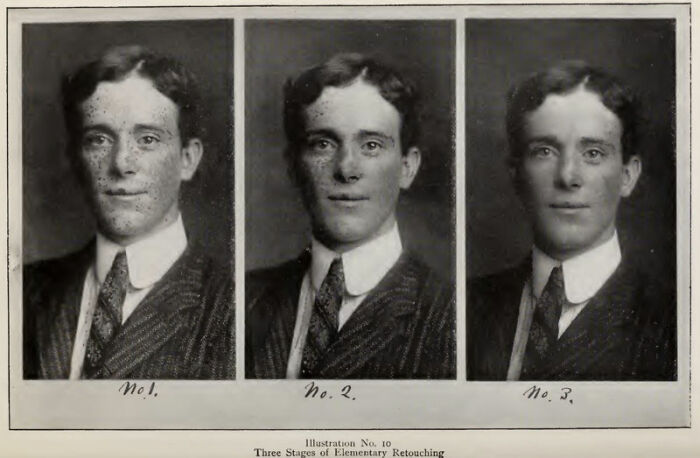
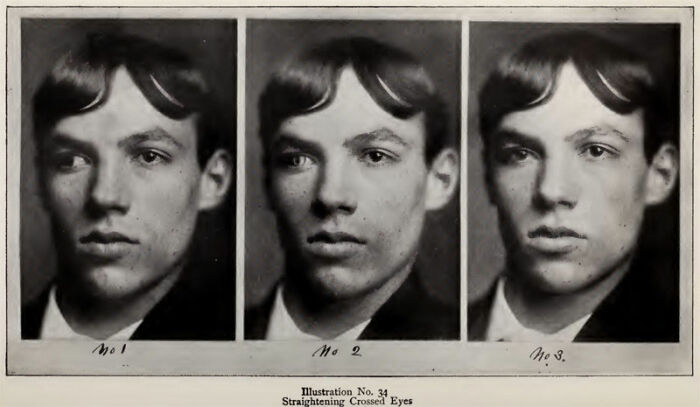
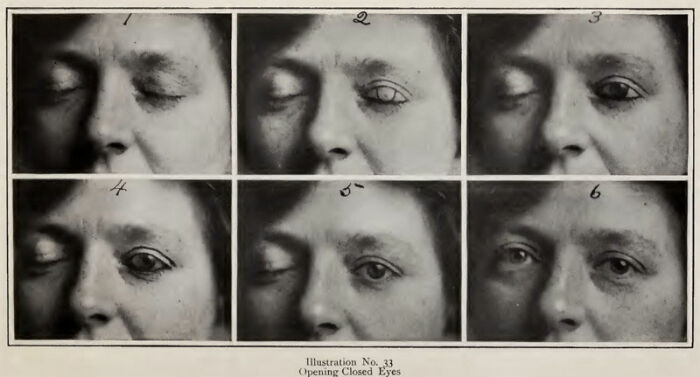
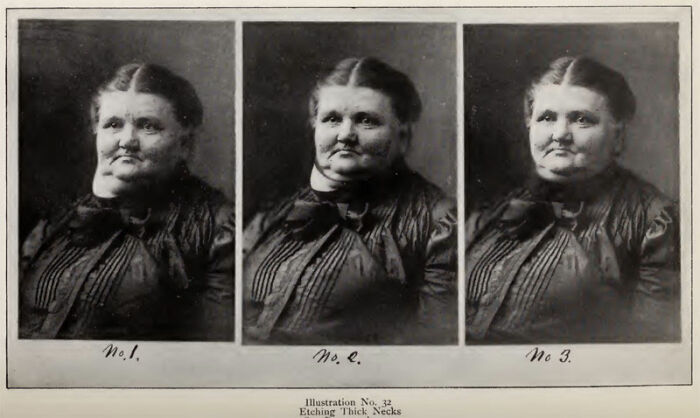
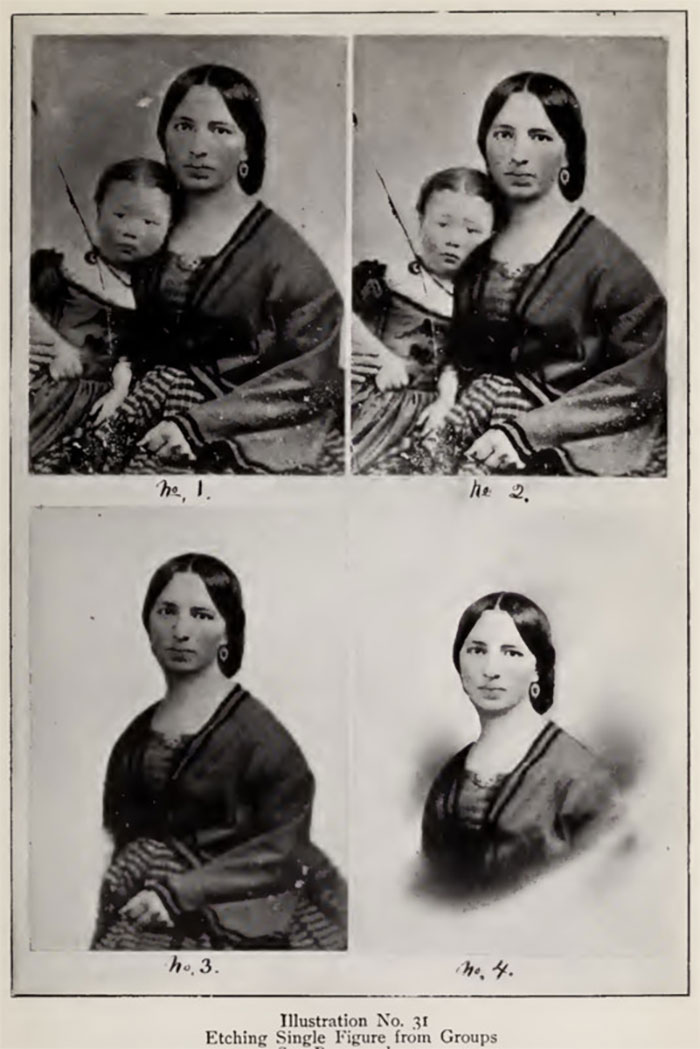
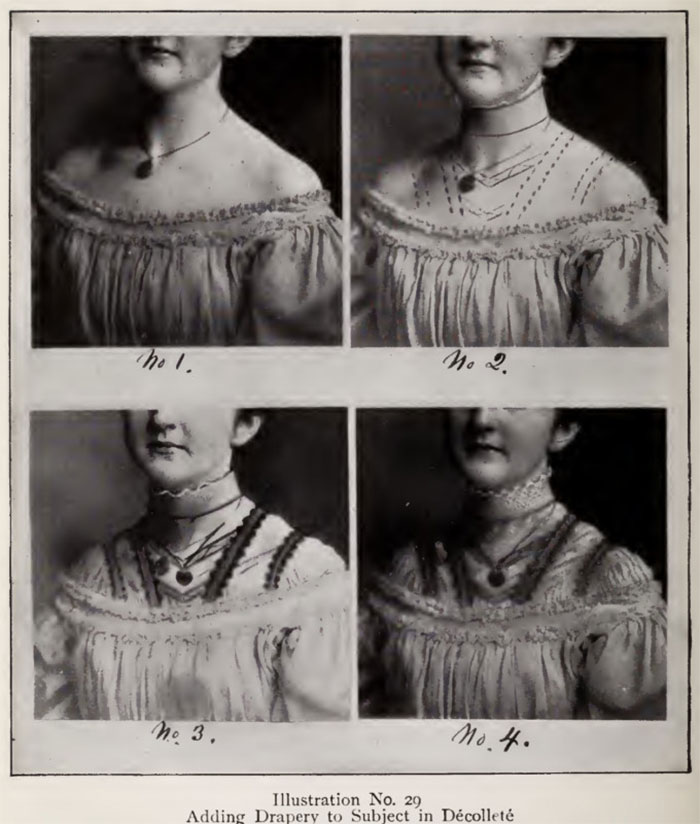
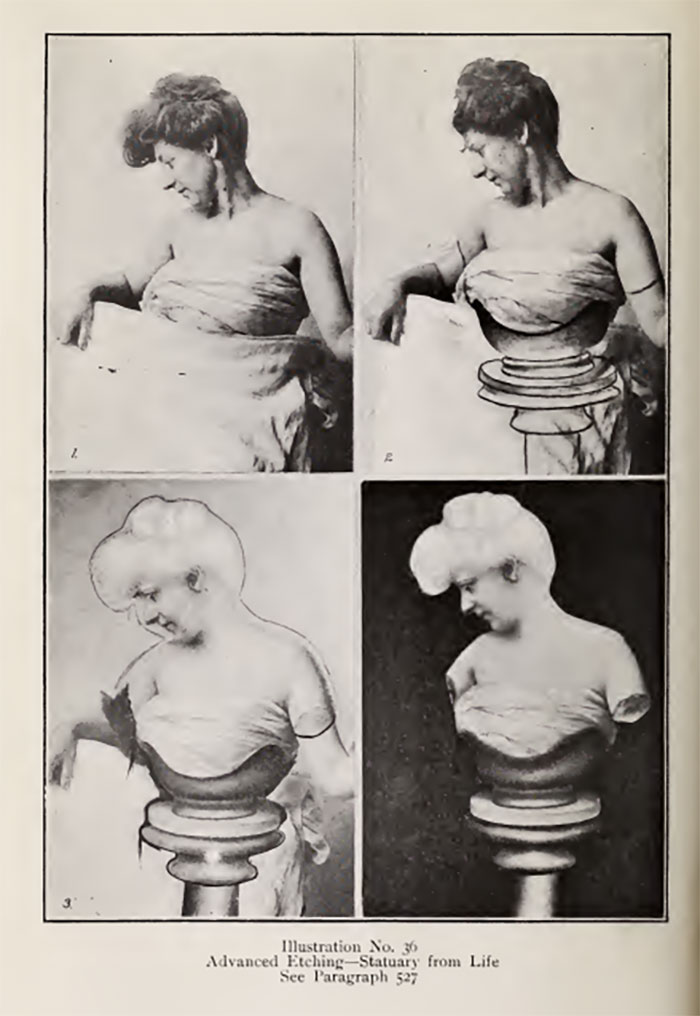





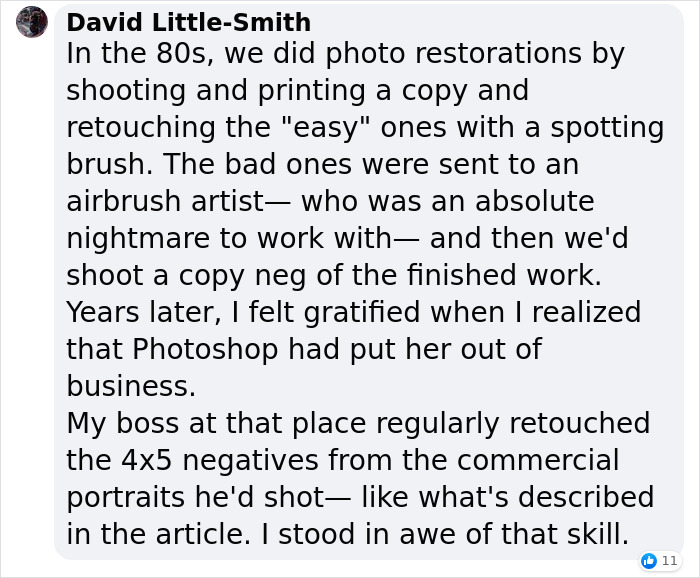


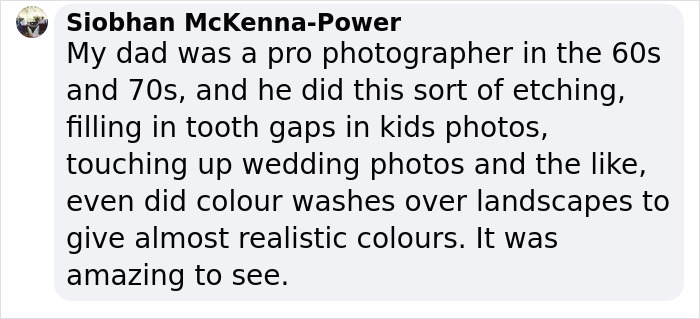
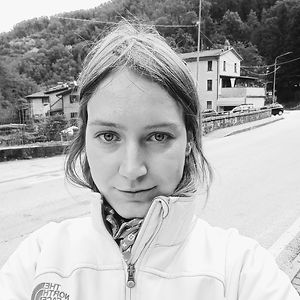












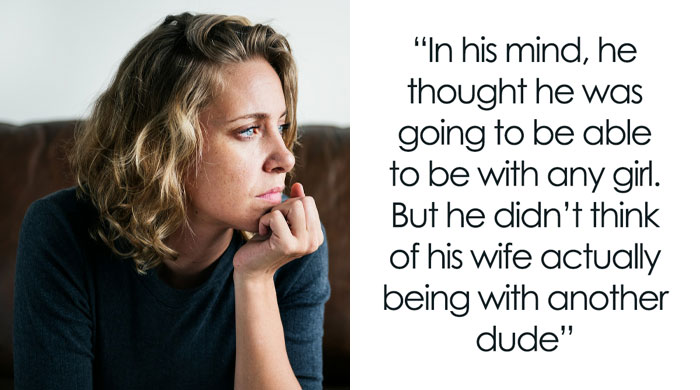






























225
35